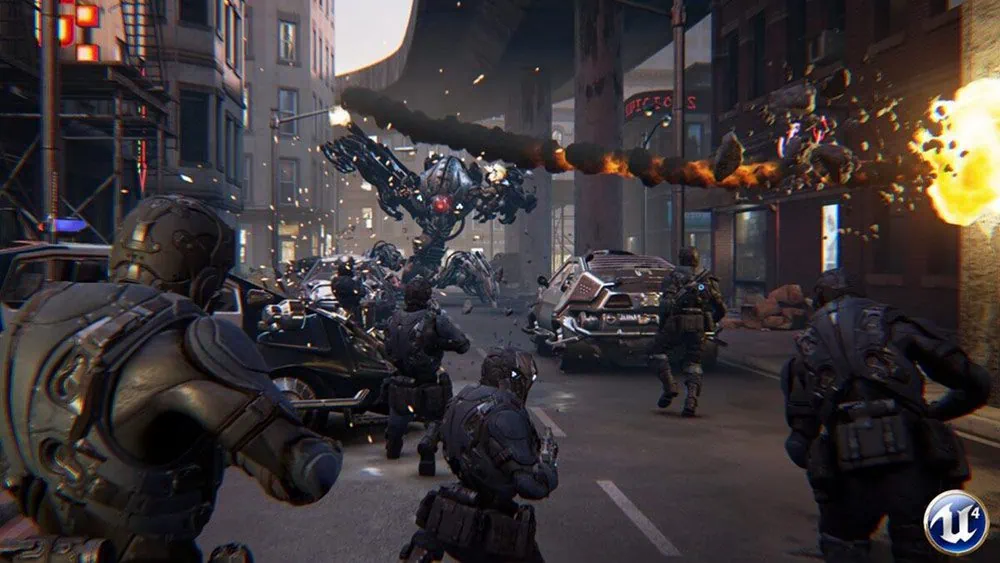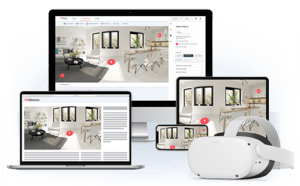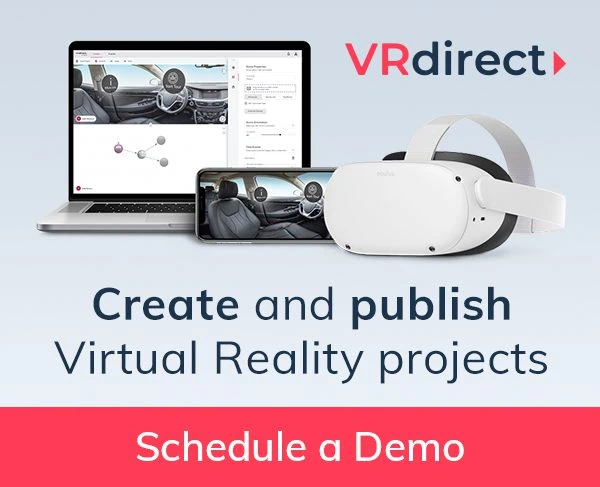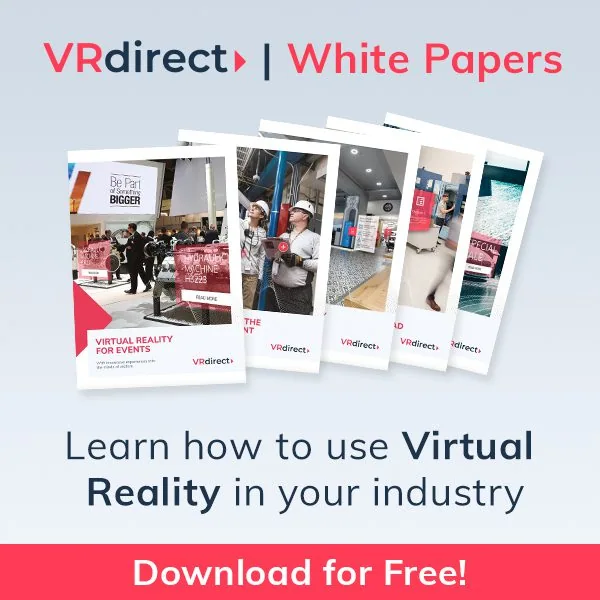Toyota trains employees in the USA in VR
Prototypes, machines, or simply suitable locations for personal training are not available everywhere and every time. „While hands-on product training is our preferred method, we realize that not all of our dealerships have the luxury of product inventory, especially heavy-duty equipment“, Holly Brotzmann of Toyota Material Handling (TMH) explains.
To solve this problem, Toyota is turning to Virtual Reality and the metaverse. Technicians and employees from Toyota’s dealer network can use VR headsets to meet in a virtual room and familiarize themselves with digital twins, such as trucks, components or tools, that are not physically on site.
For the future, Toyota plans to use VR to reproduce complex maintenance and repair processes. To achieve this, the company relies on the open OpenXR interface: In addition to the Meta Quest (2), stand-alone VR headsets from HTC or Pico Interactive can also be used.
VR training and training in the metaverse is a particularly efficient new tool for training employees. Read more about the perks of VR for your company in the linked article now.
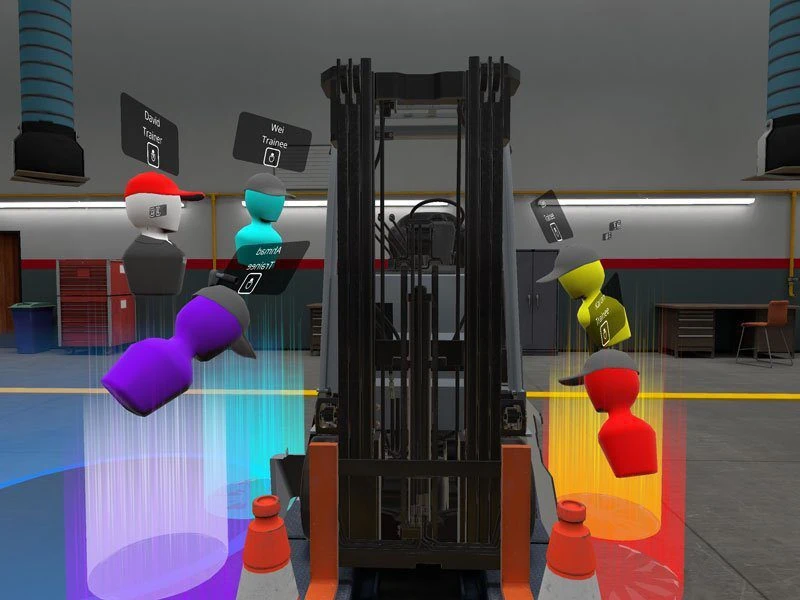
South Korea is setting the pace: Seoul to enter the Metaverse
While it is still common to send paper forms to administrative offices (at least in Germany), the Smart City Policy Bureau in the South Korean capital Seoul is laying the foundation for “Metaverse Seoul”. This combines digital twins, Virtual Reality, the metaverse and collaboration to improve urban services, planning, administration and tourism.
The mayor’s office already exists as a virtual copy and is open to visitors at any time. The project is to remain free of charge and grow into the next stage of a Connected City: the goal is to provide easier access to municipal services for all citizens. In the long term, services for business development, education, and support for municipal services, such as filing complaints, inquiries about real estate or taxes, will be offered.
Seoul wants to achieve three things: First, it should be easier for citizens to get in touch with the authorities and with each other. Second, the limitations of time, space, and language should no longer play a role. Third, the city intends to explore new ways to improve user experience and satisfaction. This is achieved by entering the metaverse.
Read more: How Seoul is creating a metaverse for a smarter city

AppSpaceWarp: Meta shows powerful rendering technology on Quest 2
Standalone VR headsets like the Pico Neo 3 Pro or the Meta Quest 2 do not have the power of a PC. Therefore, they need specially adapted graphics for mobile chips, which feature less detail or lower resolution than possible.
With the tech demo “Showdown”, Meta shows a new rendering technique that brings the Standalone VR headset Quest 2 closer to the graphical performance of a PC. Showdown was originally released for the PC VR headset Oculus Rift and now runs in good quality on Quest 2.
The demo runs at 90 frames per second thanks to the new rendering technology “AppSpaceWarp”. AppSW generates every second frame artificially, which pulls up to 70 percent more performance out of Quest 2.
This new technology can already help developers to optimize VR apps for the Quest 2. It also shows that we can expect a lot from the next Standalone hardware generation in terms of graphics.
Read more: Showdown on Quest Part 1: How App SpaceWarp Improves Performance
